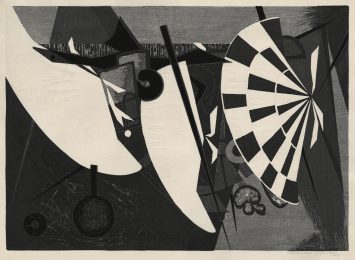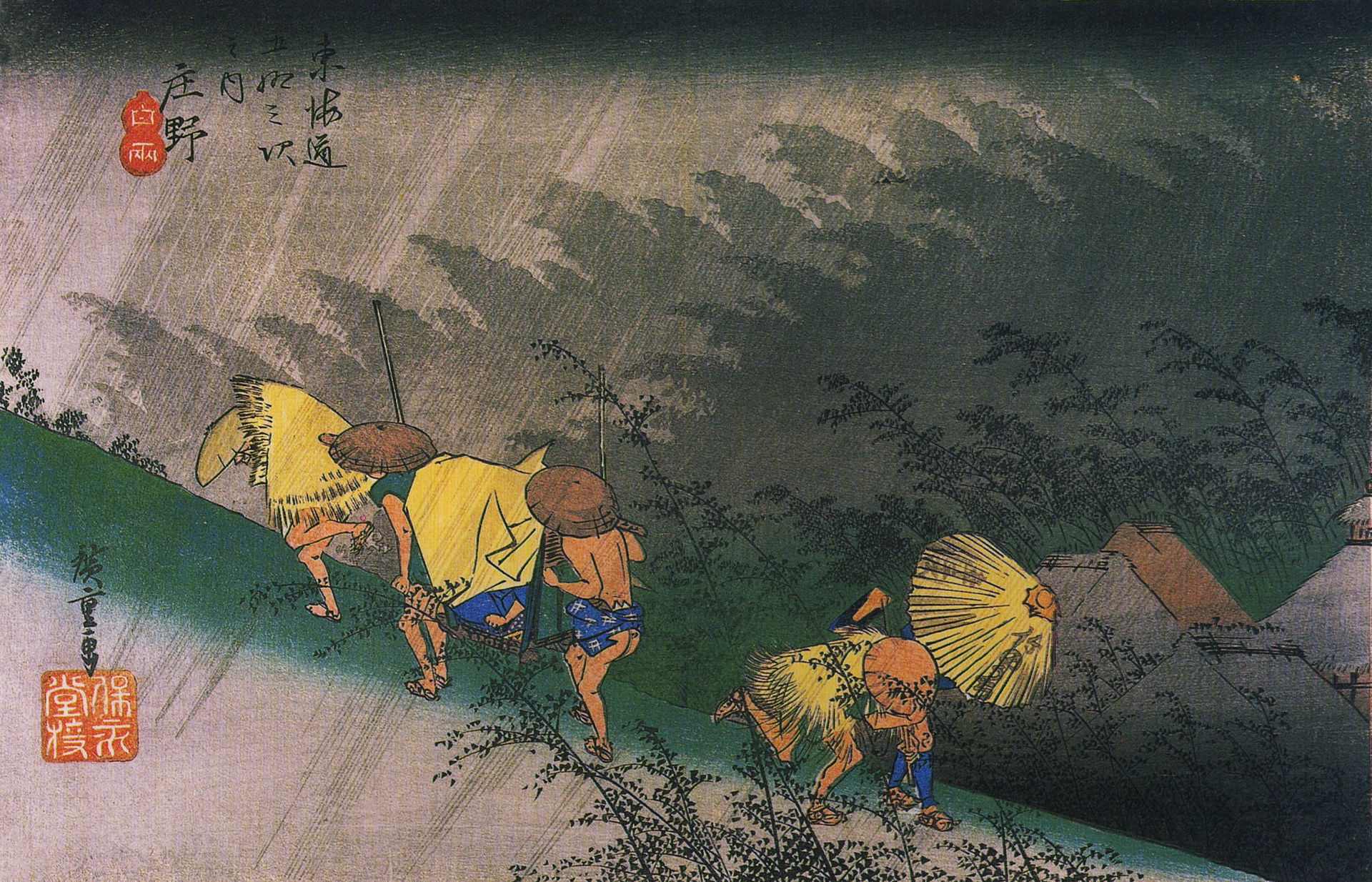


Well-loved for the unique way in which they’re created, as well as their very distinctive aesthetic, woodblock prints have become an iconic and highly recognisable form of Japanese art. Alongside many paintings, prints which were made between the 17th and 19th centuries captured the very essence of “ukyio-e”, a genre that was all about showing “images of the floating world” to the highly intrigued public.
Coming about during China’s Han Dynasty (between 206 BC and 220 AD), woodblock printing as a form of modern art did not reach full popularity in Japan until its Edo period (between around 1603 and 1868). Notable artists (of which there are many), include Suzuki Harunobu, Kobayashi Kiyochika, Hiroshi Yoshida and Kawase Hasui.
Initially, the woodblock printing process was adopted to recreate traditionally produced hand-scrolls as affordable books, but it soon became a very popular way to mass produce prints. The end result is a look that’s very unique, thanks to the nature of the printmaking process itself. This is especially the case when prints were monochromatic, that is, where outlines are made thick, dark and very obvious in order to embrace certain aesthetic features. These bold black lines served to add striking contrast to the colourful, watercolour-like consistency of the paints, providing the pieces with an illustrative appeal and emphasising their flat nature.
Whilst woodblock printing was eventually replaced by more modern methods of reproduction, it continued to be one of the most popular and preferred art movements in Japan for decades. Highly skilled artists like Kitagawa Utamaro and Katsushika Hokusai helped keep the practice alive, with their “floating world prints,” widely regarded as world-class artworks to this day.
The technique used in Japanese woodblock is similar to that of western woodcut processes in that the Japan-based method centres around relief carvings and the very deliberate application of colour. To capture the traditional Japanese style in a woodblock print, an artist would begin by drawing an image onto a durable but very thin type of paper called “washi”. The washi would then be attached to a block of wood using glue, and – using the drawing’s outlines to guide them – the artist would carve the image into the block’s surface before then applying ink to the relief. The paper would then be held on top of it, and a flat tool (a “baren”) would be used to transfer the ink. To add multiple colours into the same work, artists would merely carry out the whole process again, designing separate woodblocks and painting each one a different colour.
Despite the production of prints being relatively quick and straightforward, the result was a range of stunning, rich hues that resembled hand-coloured paintings. Striking reds, stark blacks and vibrant greens and blues are noticeably present in the most famous of the woodblock prints, such as “The Plum Garden in Kameido” by Hiroshige.
Today, Japanese woodblock as a modern art movement still captures the imagination of thousands around the world, with limited edition prints being especially popular and highly sought-after.